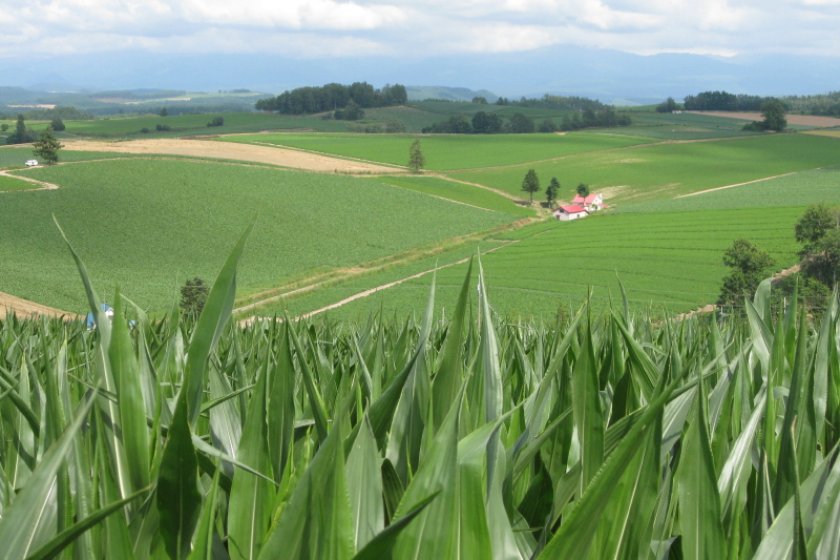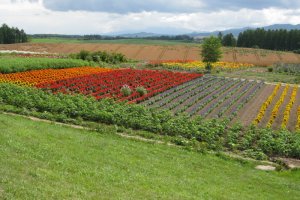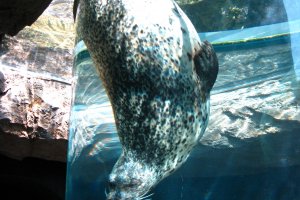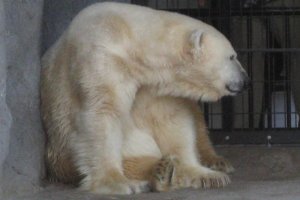Hokkaido is the second biggest island in Japan and is located at North-eastern end of the Japanese Archipelago. It is surrounded by the Pacific Ocean, the Sea of Japan and the Sea of Okhotsk, and is home to majestic mountains, windswept fields and rich wildlife. It has hundreds of miles of untamed coastline and is famous for the abundance of its fresh seafood, such as crab.
Historically, it has long been a mysterious island for the Japanese in the islands further south. The original inhabitants were called Ainu, but after the modernization of Japan at the end of the Edo Era in the late 19th century, many people from the other islands moved to Hokkaido and now call it home, developing the fishing industry and as pioneers, cultivating the land. They learnt a lot from the native people and their traditional cultures.
Being a huge island, there are so many places to see, but here I would like to highlight one area. The Furano district is located in the middle of Hokkaido, and at latitude of 43.1 degrees north, it is roughly equivalent to Florence, Italy.
The name of the town Furano comes from the Ainu words “bad smell flame”, and no wonder, as there is a sulfur mountain upstream. In Hokkaido, there are many place names that are derived from Ainu words, whose pronunciation gives rise to strange kanji characters. Pioneers here initially cultivated potato, corn or wheat. But one man called Tokuma Tomita focused on flowers. He tried to plant various floral varieties on the hills next to these vegetable fields, and after adjusting for the temperature and soil differences, he planted crocuses, tulips, rosebays, lavenders and so on. He didn’t do this just for landscaping or for tourists, but for making products like aroma oil, soap and dried flowers, and this became a big success. You can enjoy the immensely large and colorful hills that fill the horizon. The gardeners here take meticulous care in cultivating the flowers, and the colors are magical in summer. In winter though, expect a white wonderland covered with snow, and temperatures can get as low as -15C.
I think they should rename this place, big sky country, you can see miles and miles of fields all the way to the horizon and the big blue skies when you are driving, and what’s more, at over 30 km long, this is the longest straight road in Japan.
Nearby on the outskirts of Asahikawa city is a unique zoo called Asahiyama. The philosophy of this zoo is to respect the wildlife in as natural an environment as possible, and they have also designed the layout to give visitors a feeling of being inside with the animals, rather than mere spectators from outside. Long time ago, it was very difficult to manage the zoo in a cold environment. But once they have redesigned their layout, many more visitors have come to discover and be one with the animals. For example, there is a vertical see-through tank for the spotted seals, and both the seals and the visitors can enjoy watching each other, as the distance between both of them got much closer. Also they made a capsule in the polar bear area, so visitors can experience an interaction with the bears from a seal’s point of view. You can touch and walk with penguins, too. This is not a big zoo, but they run it very well now. Generally speaking, Hokkaido can be a difficult place to visit if there is a winter storm, but on the other hand, it has a comfortable summer and doesn’t have the typhoons or humidity associated in southern Japan. You can really experience a different atmosphere compared to the other places in Japan.

































